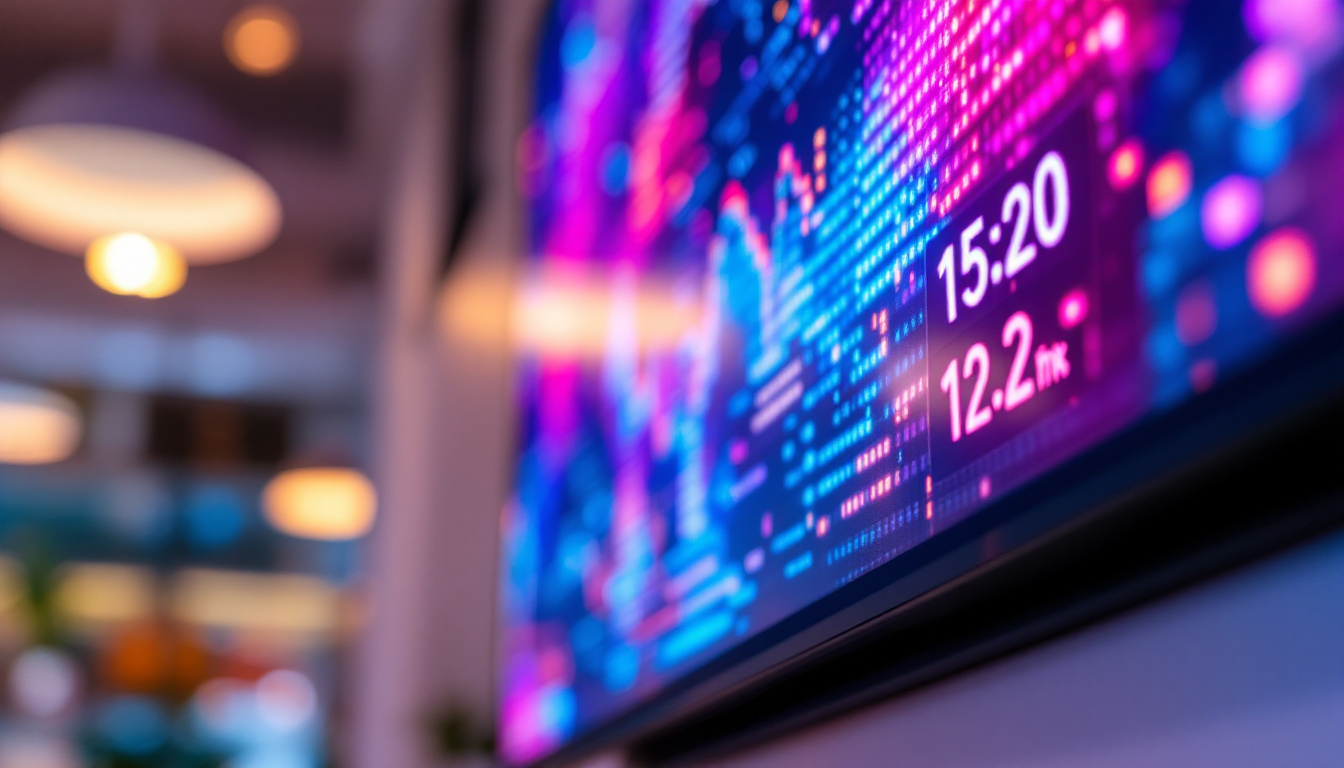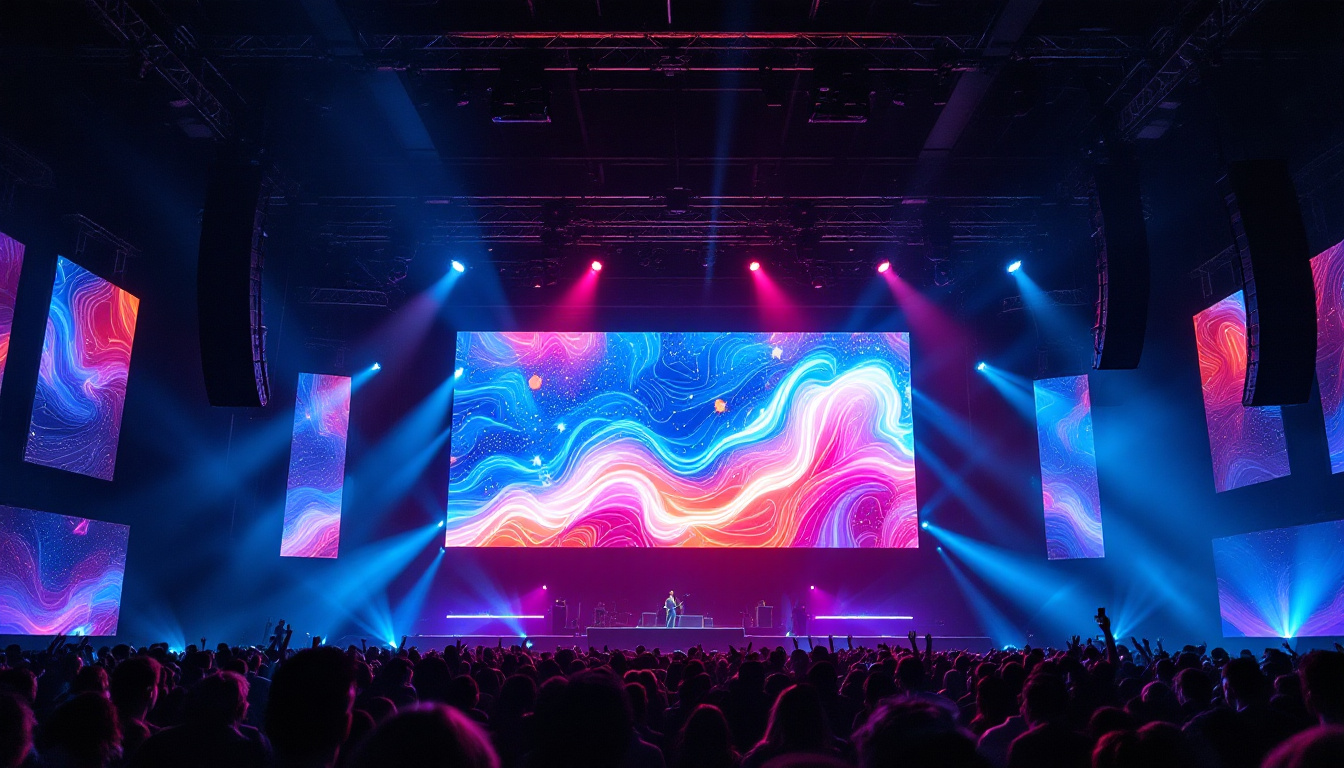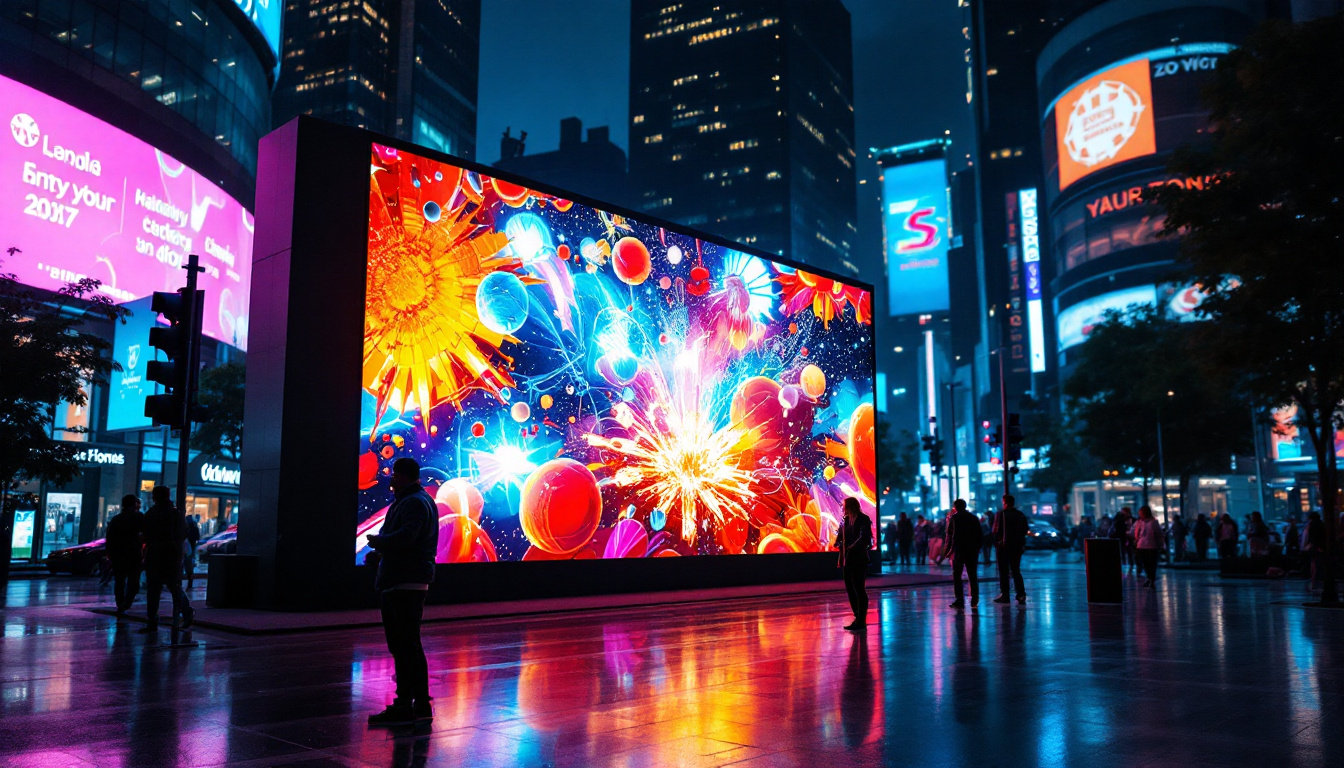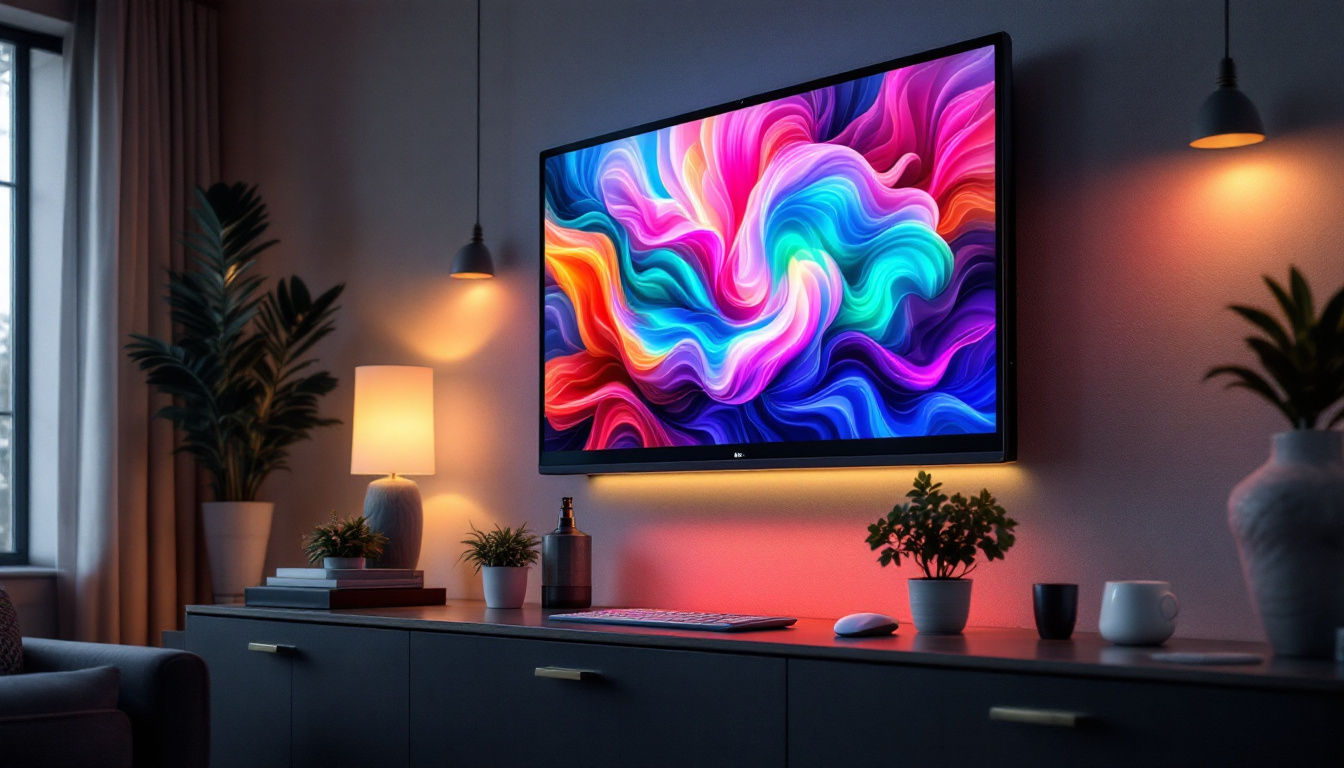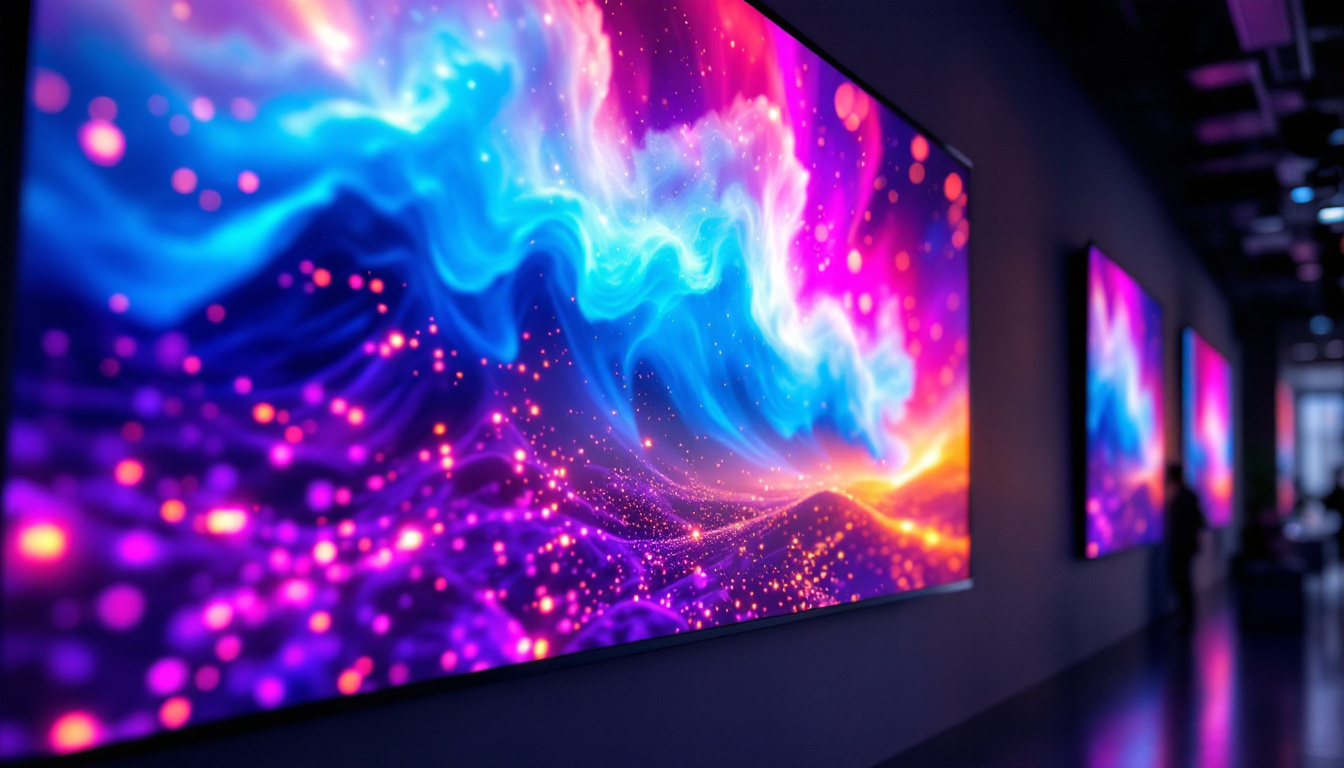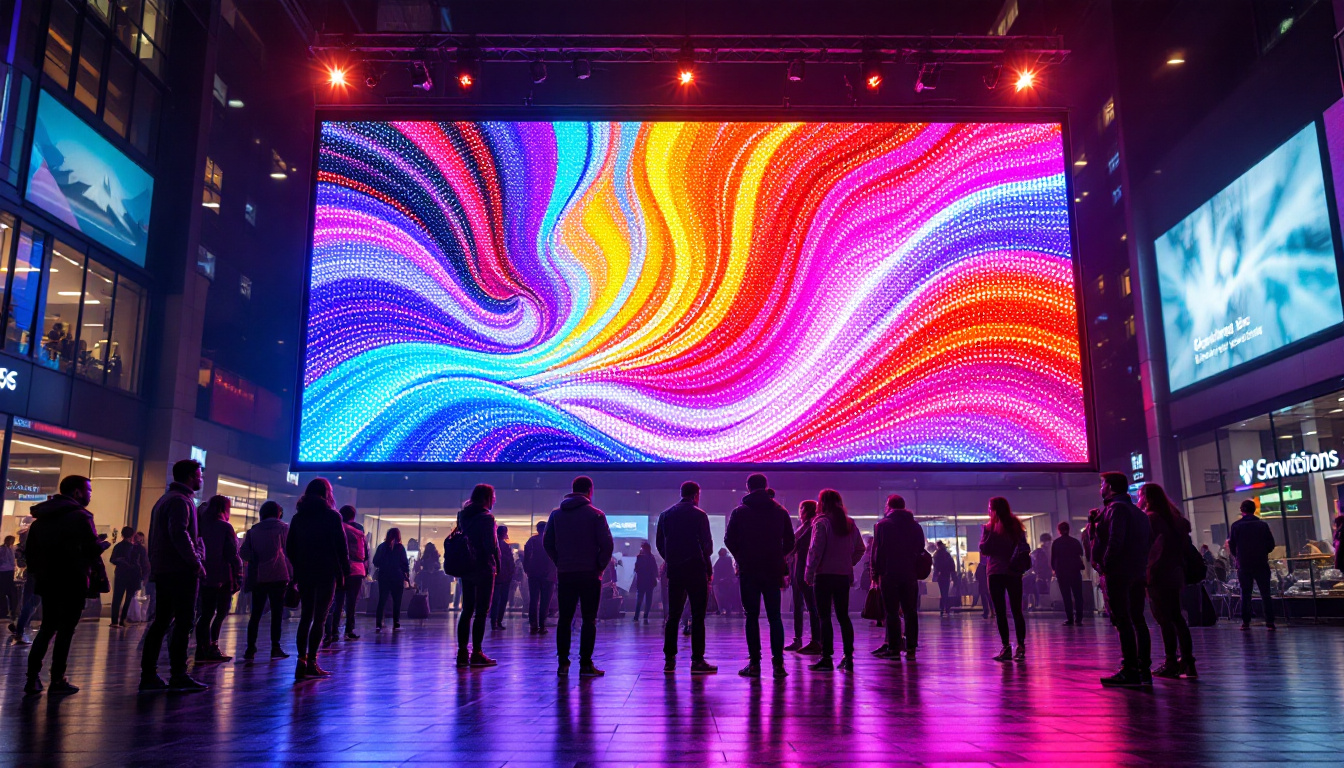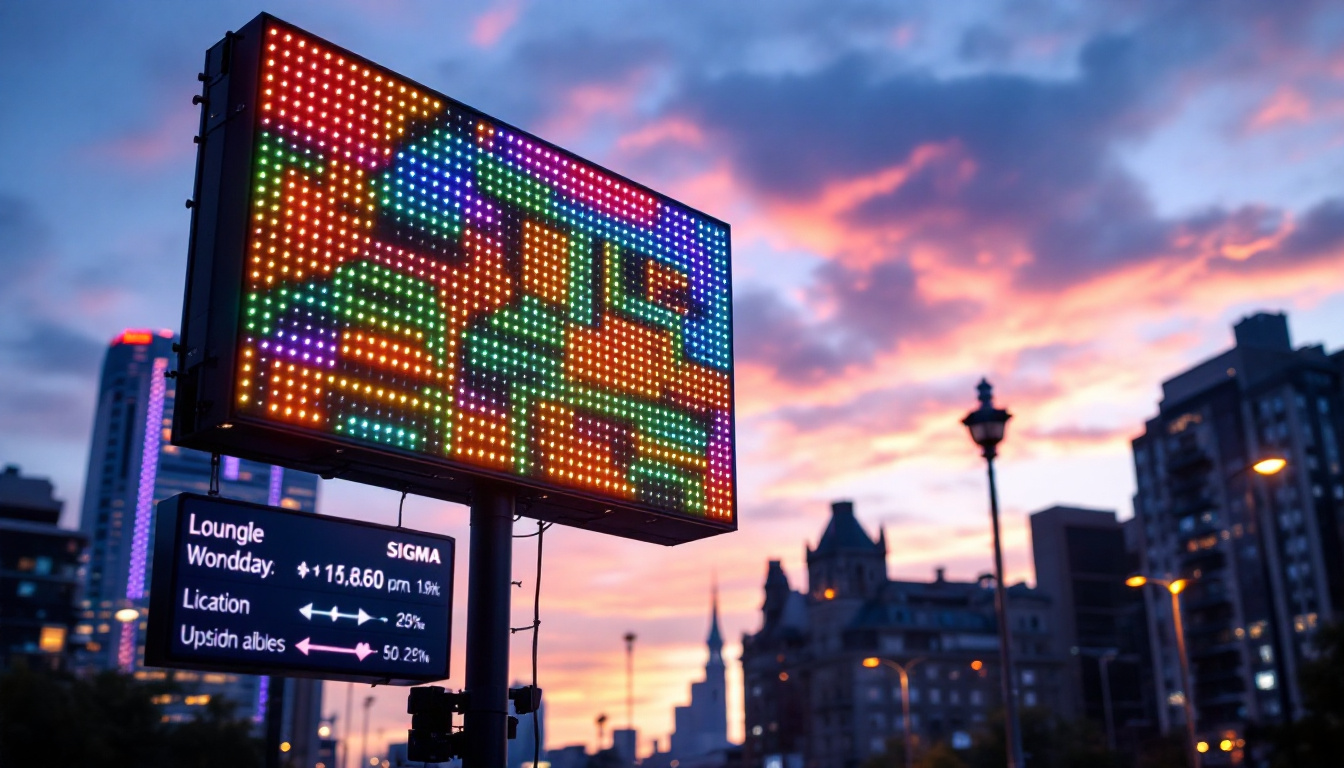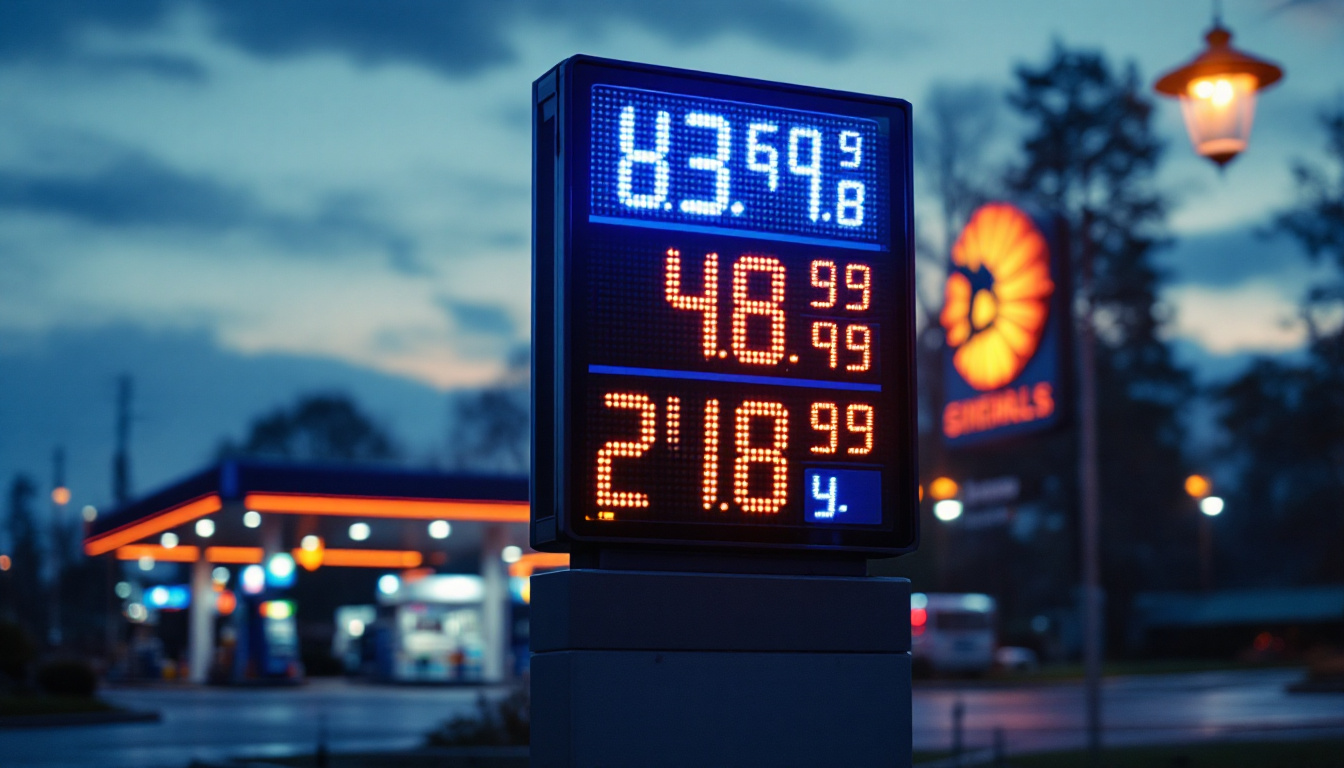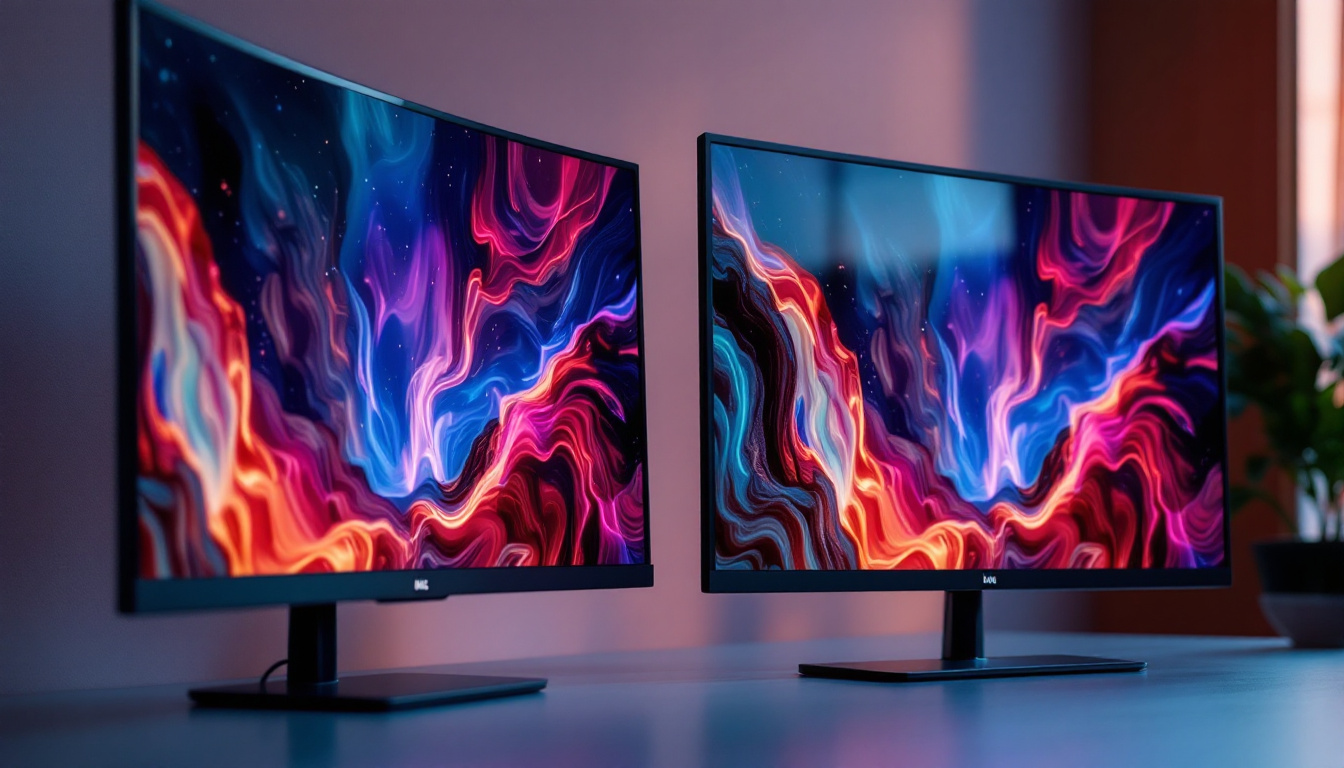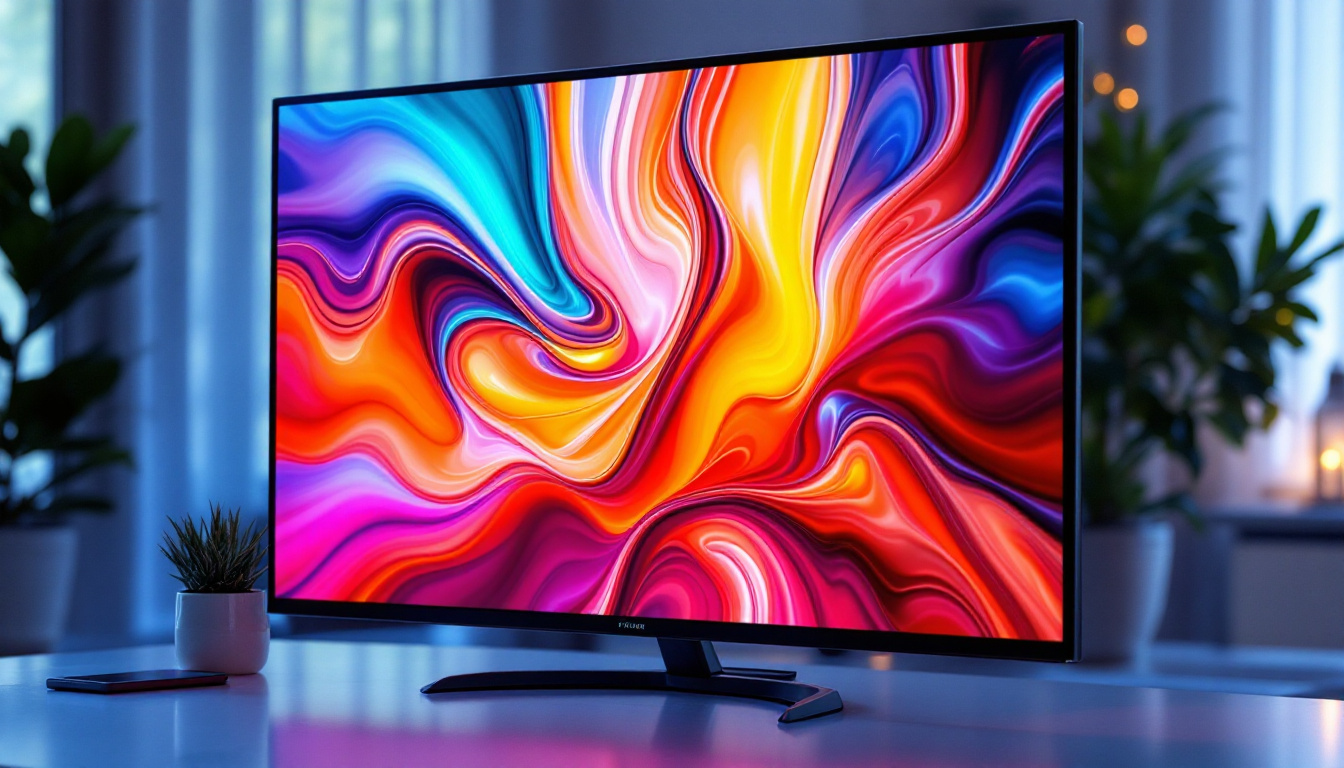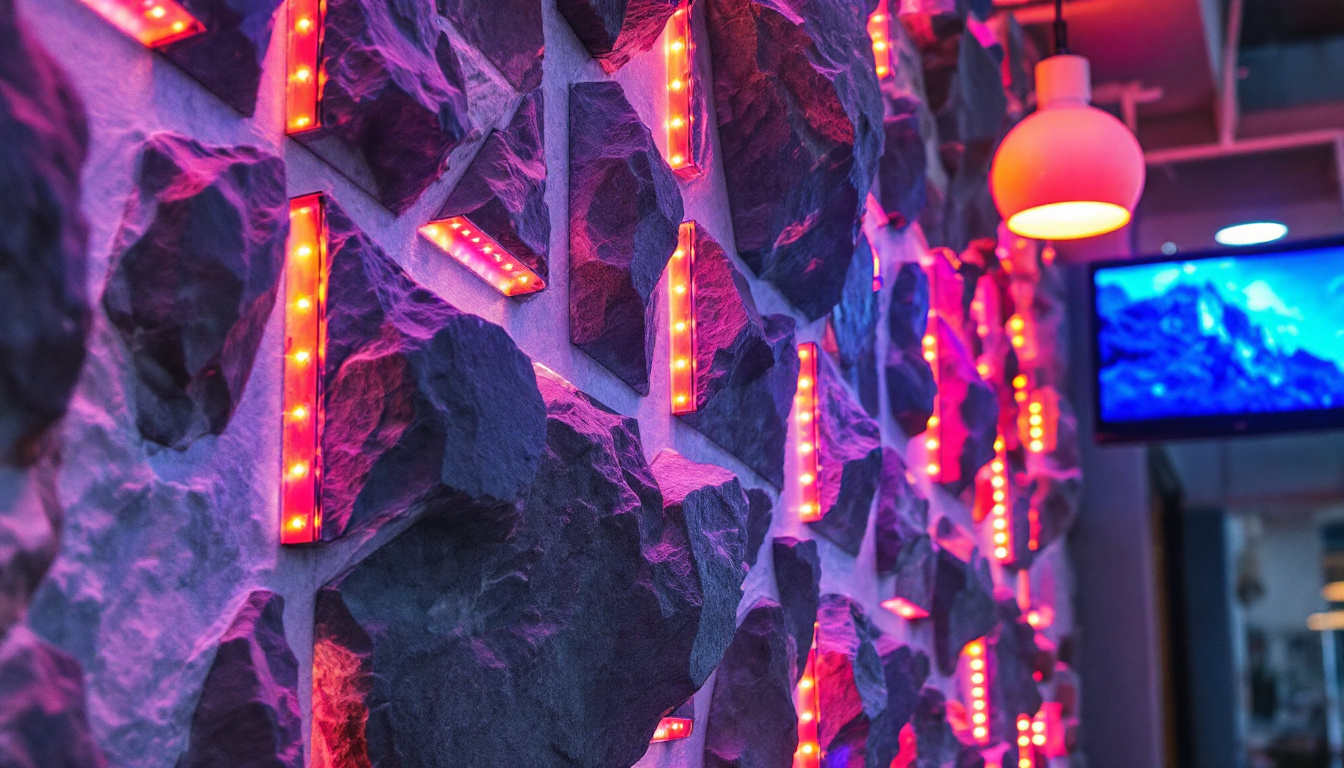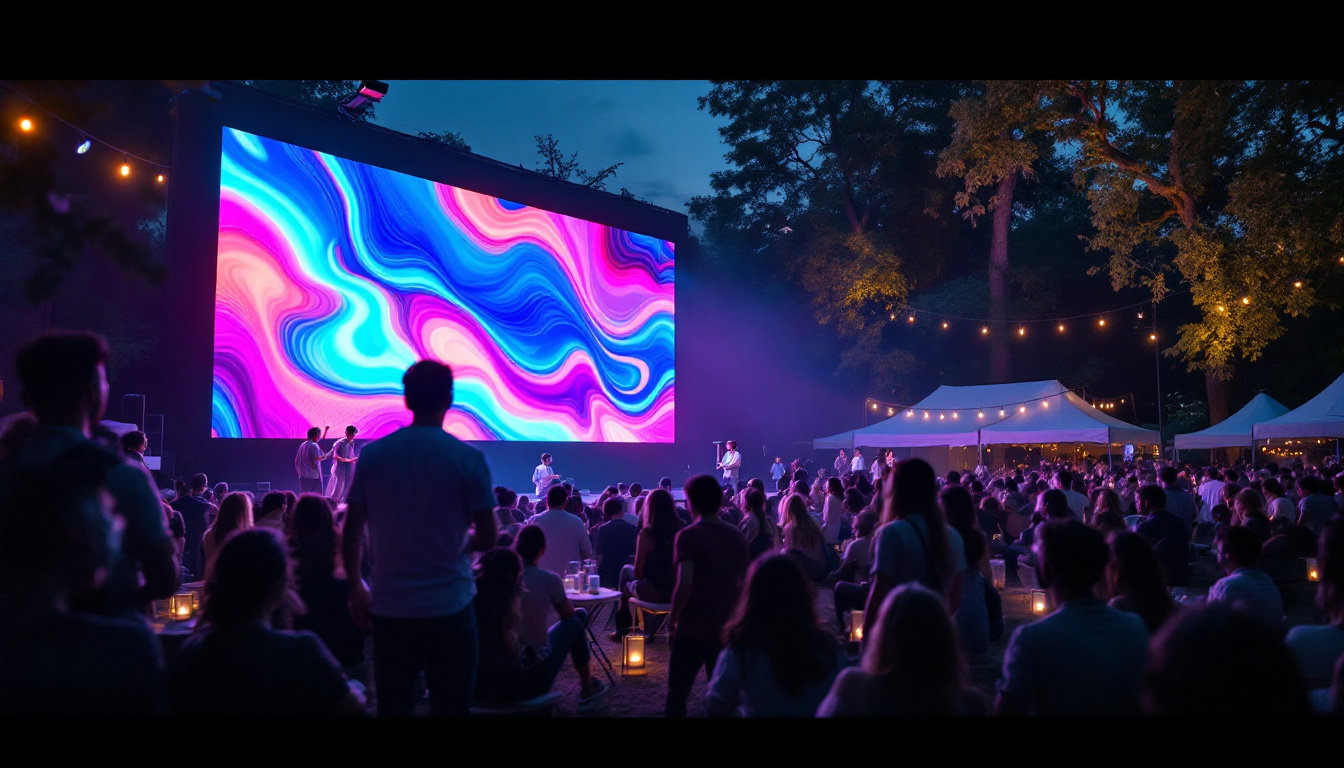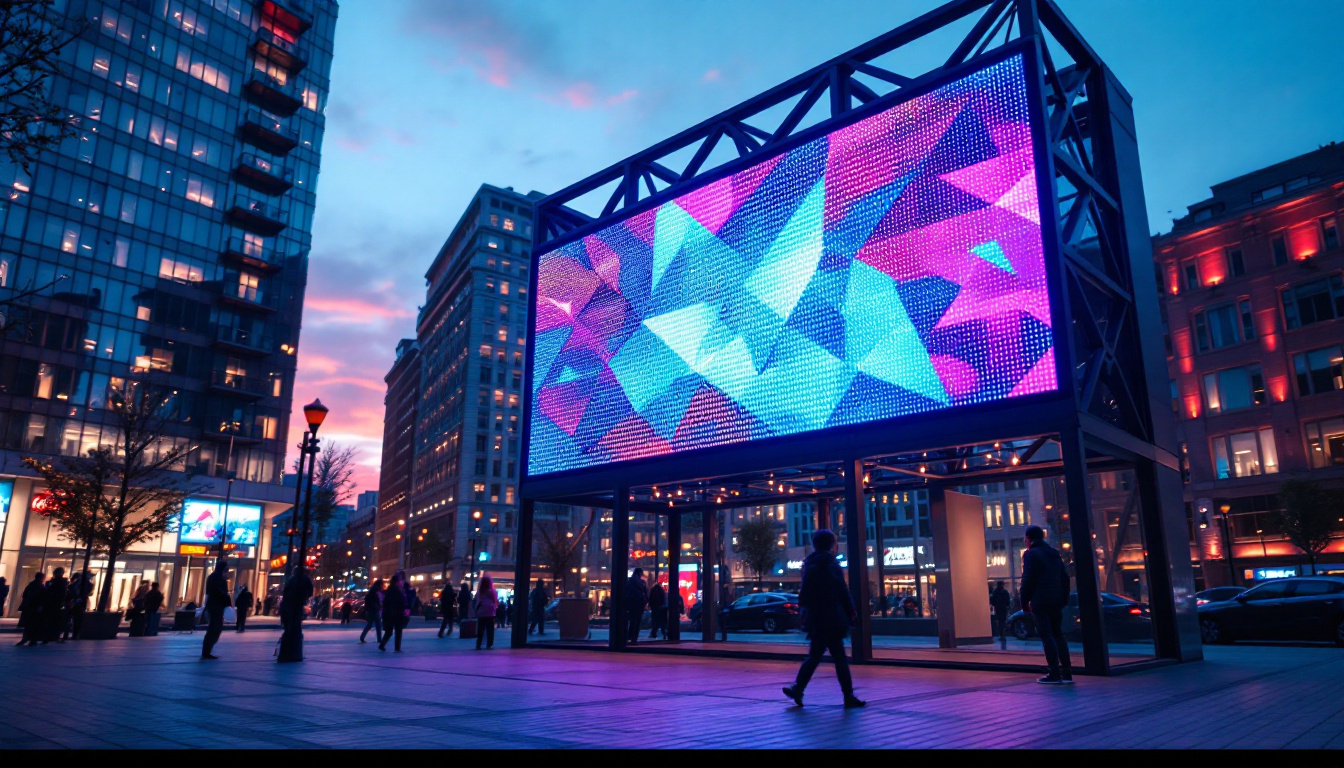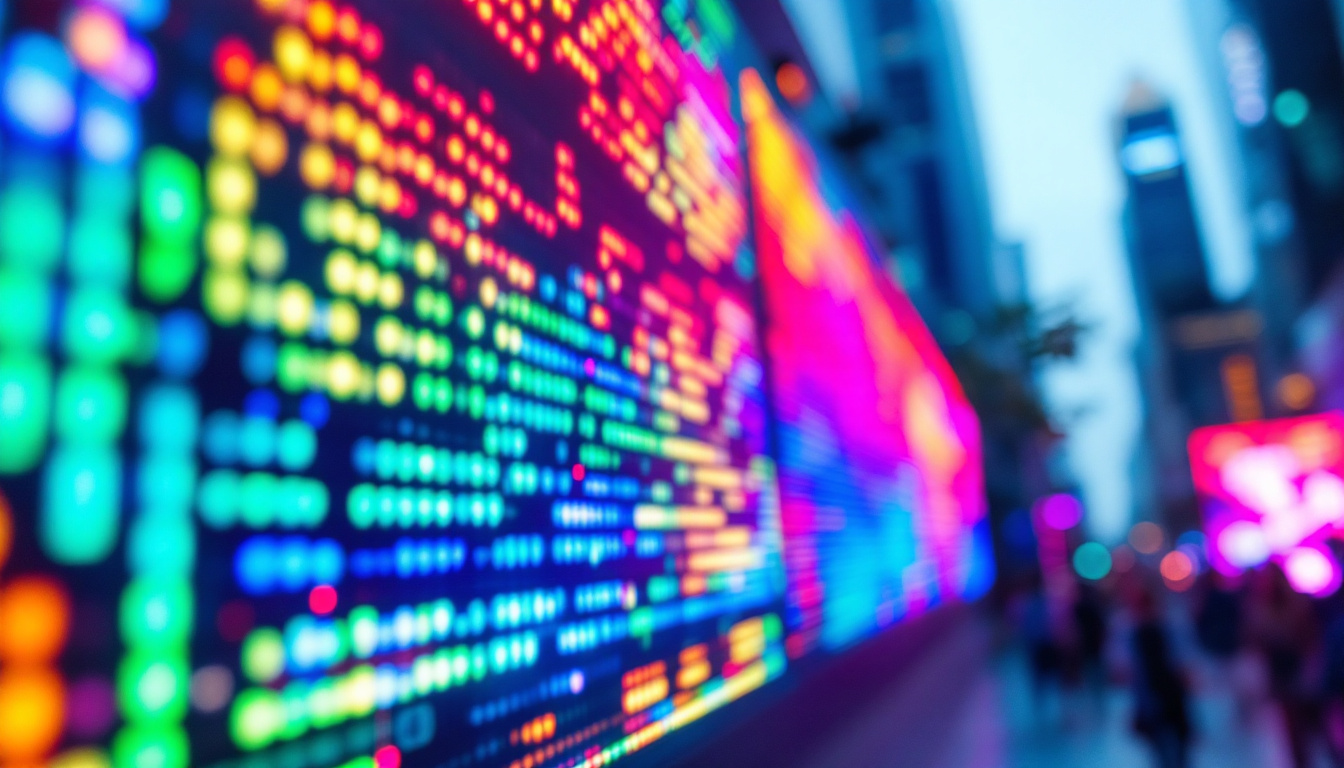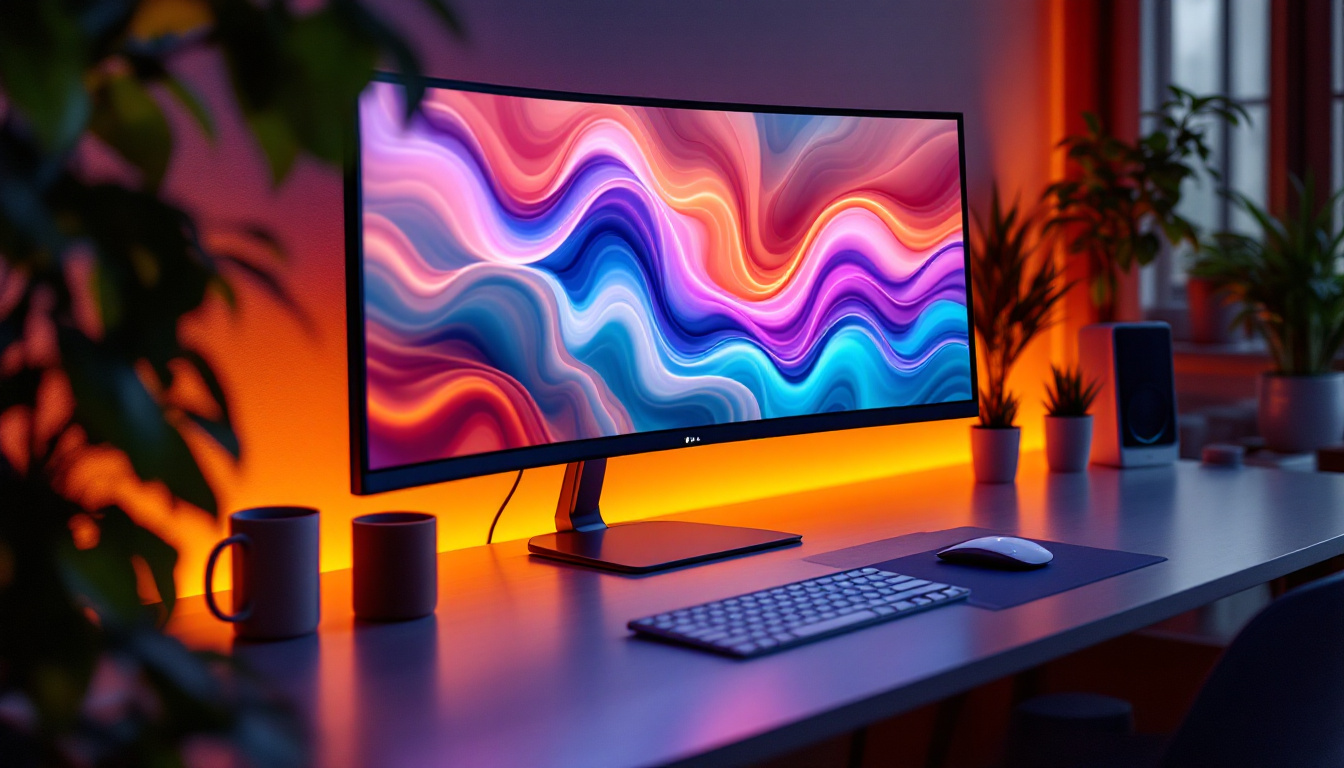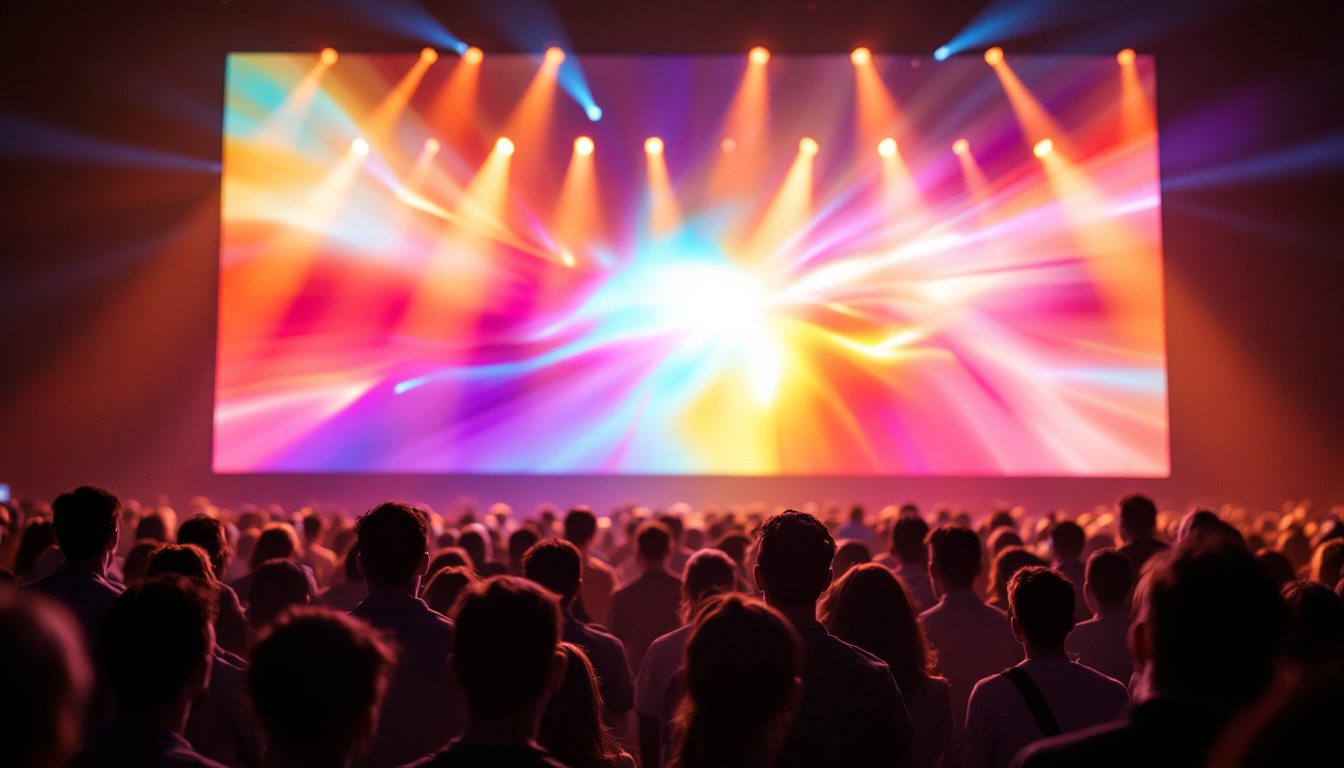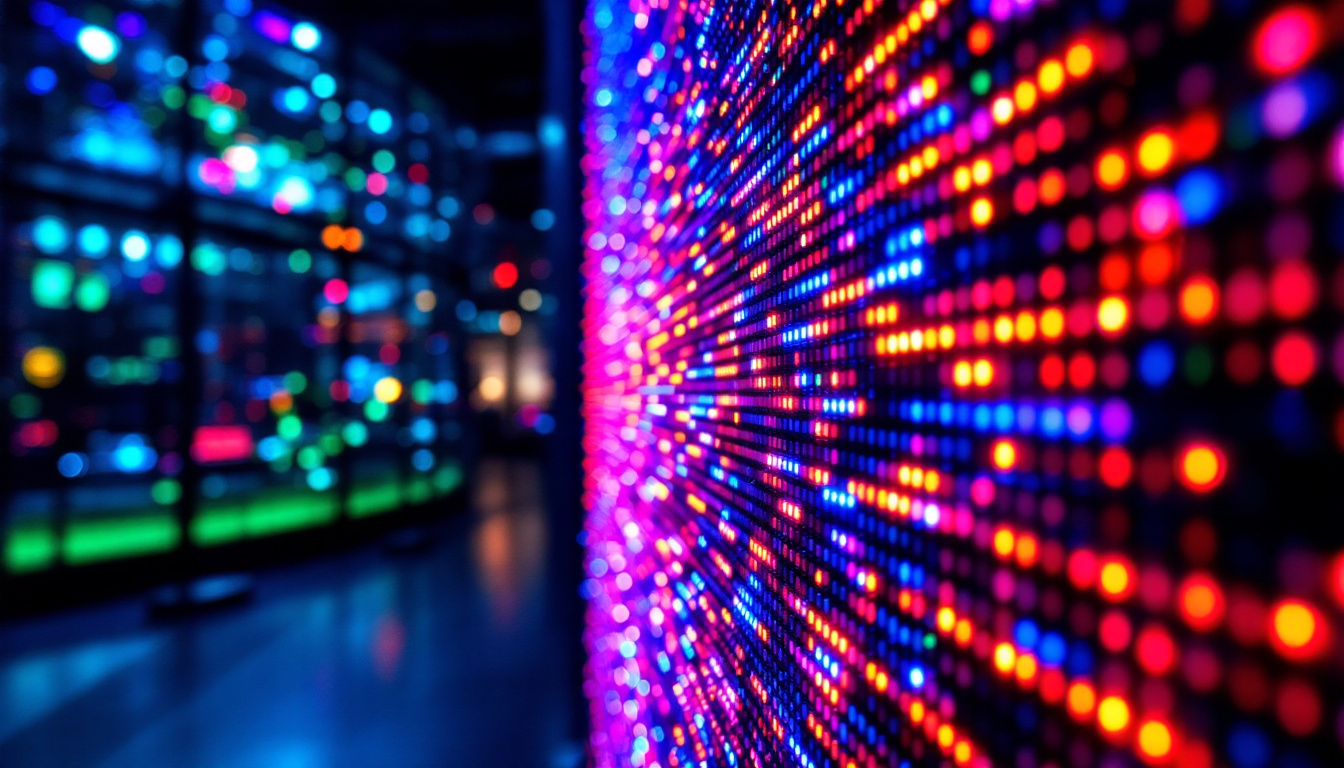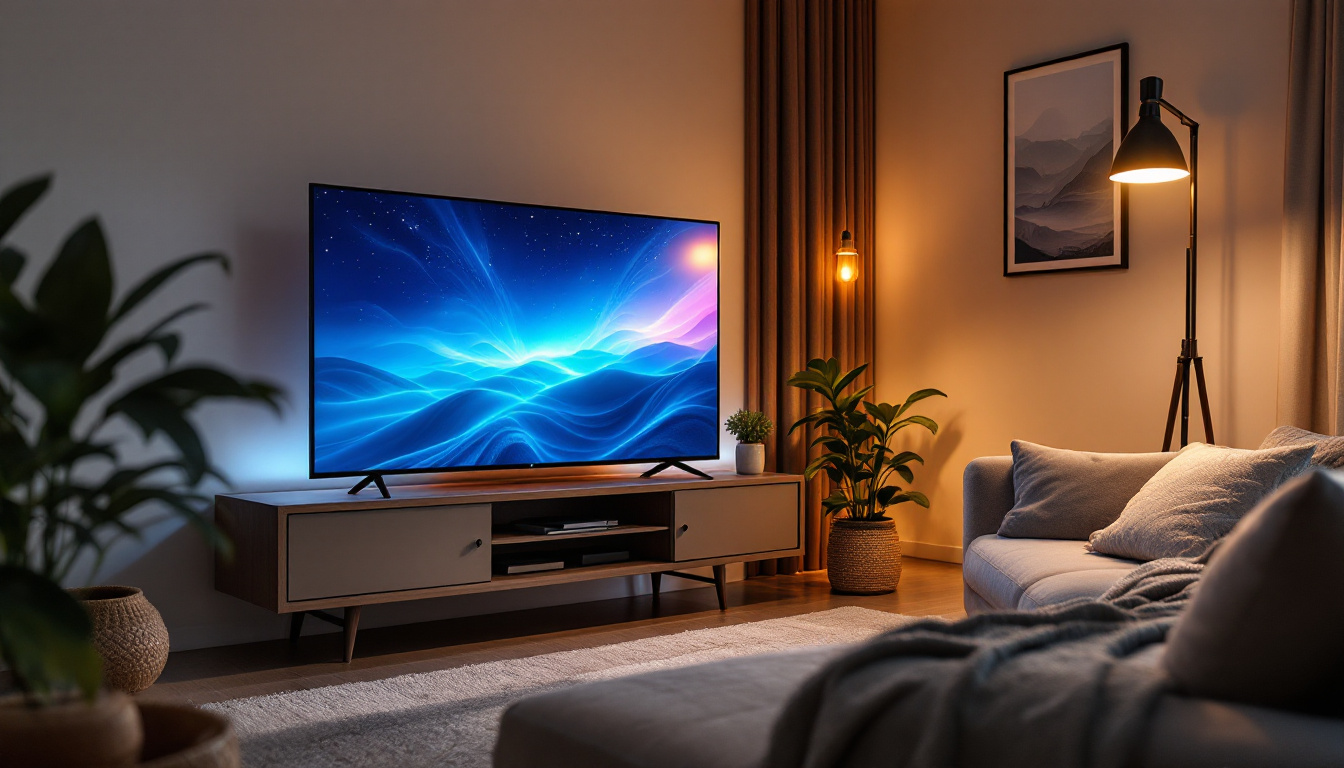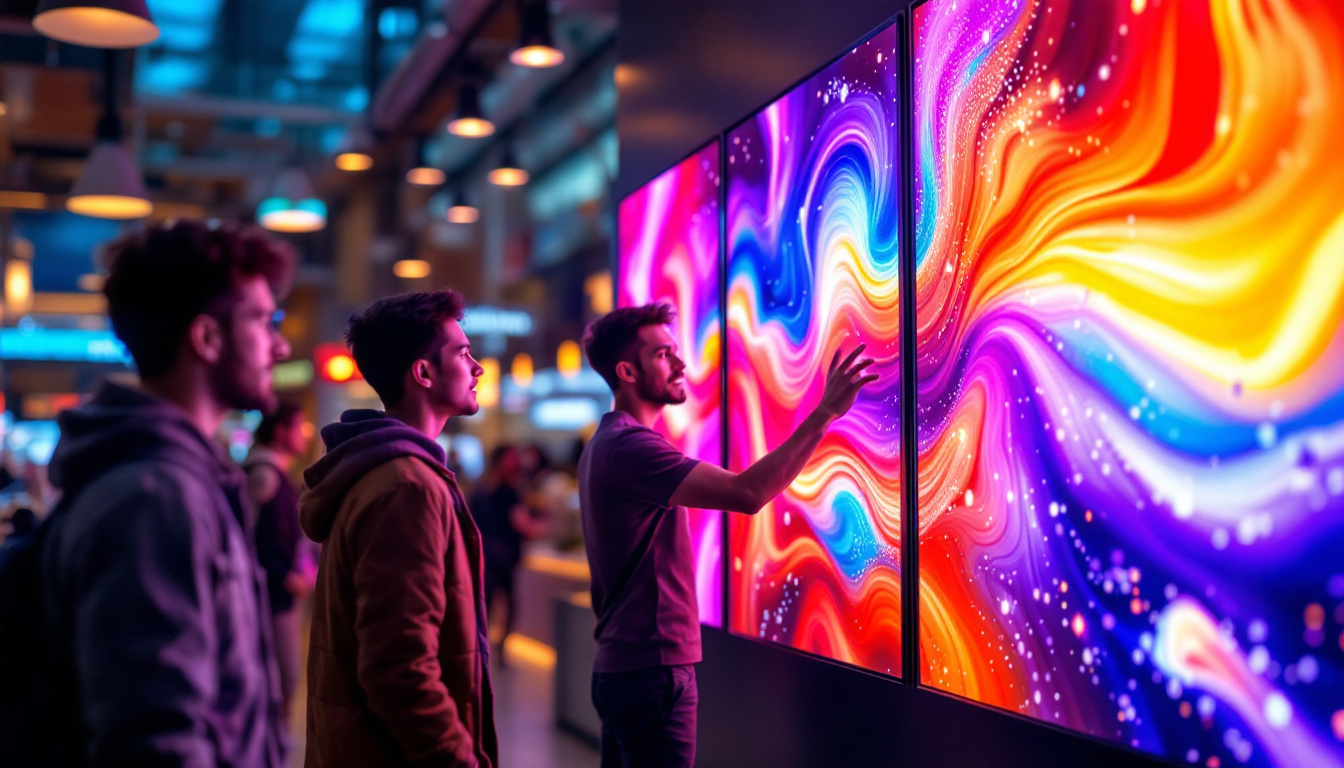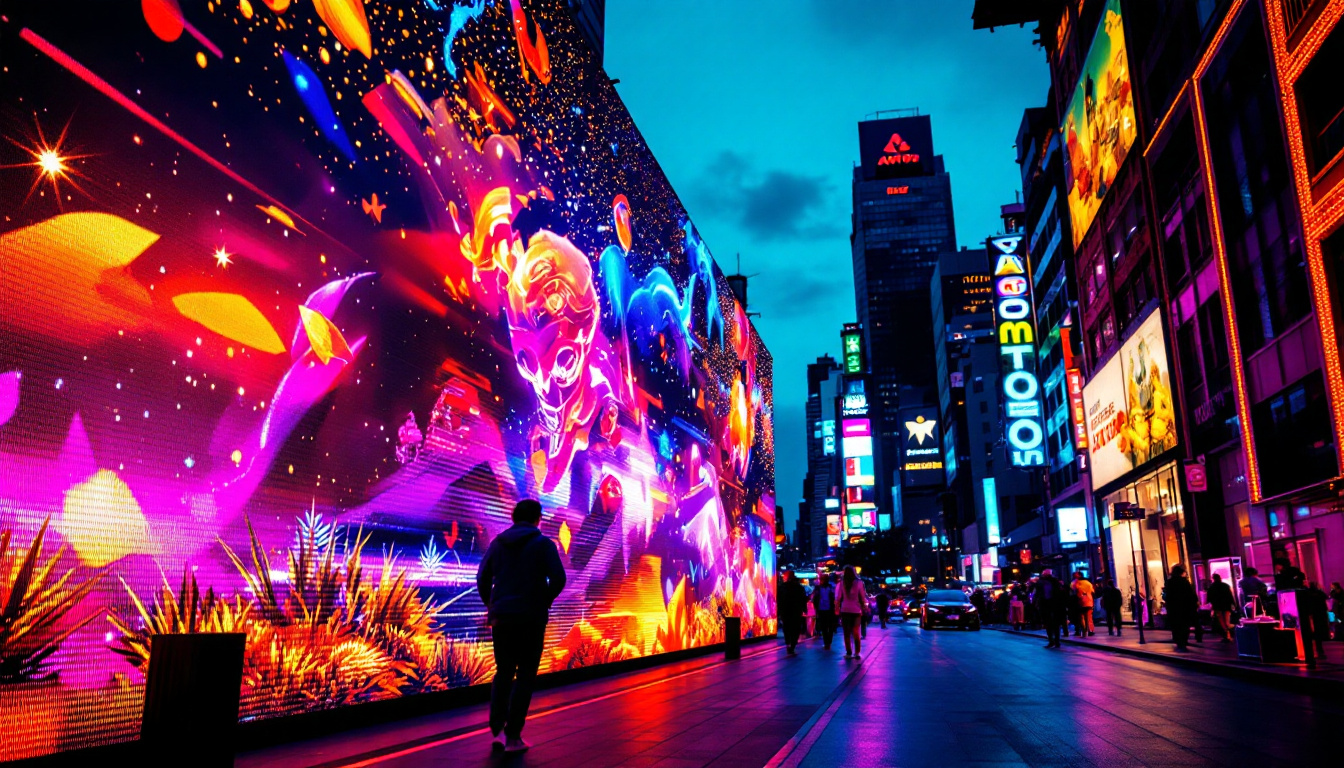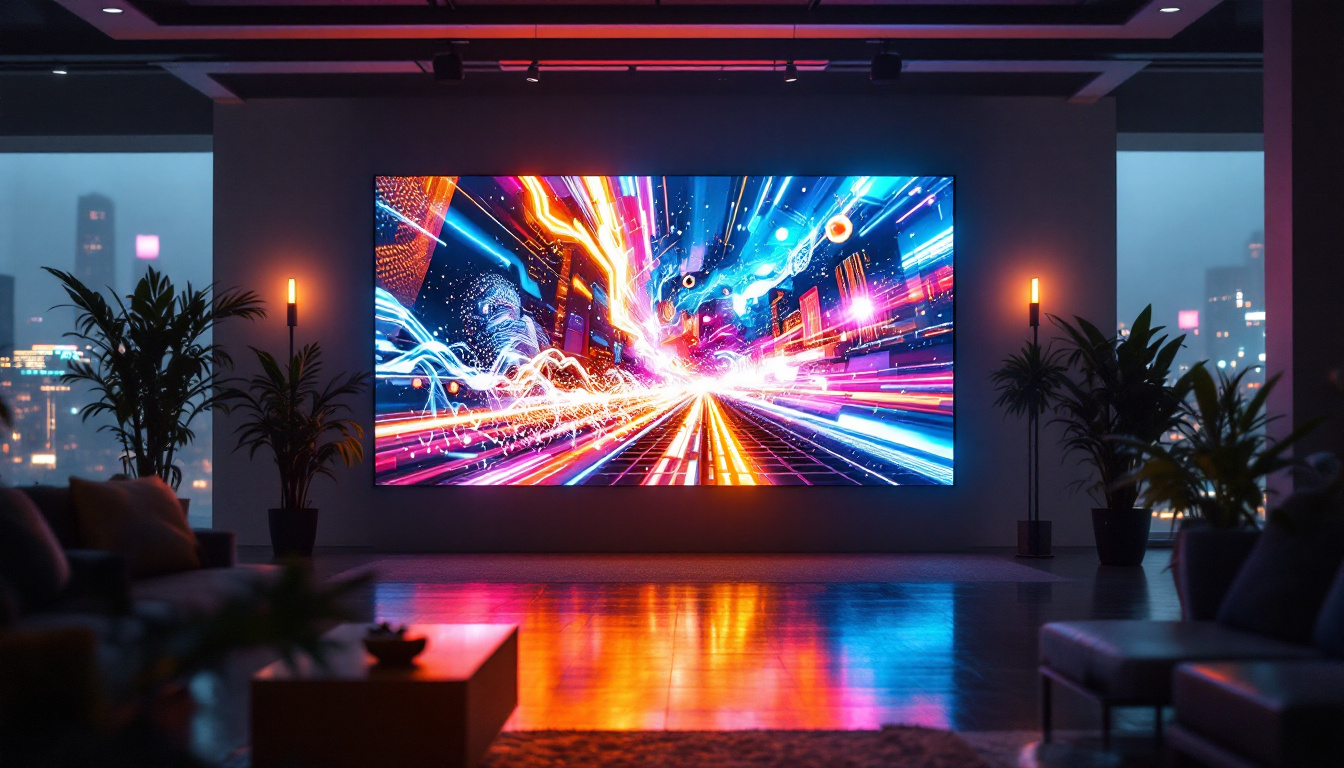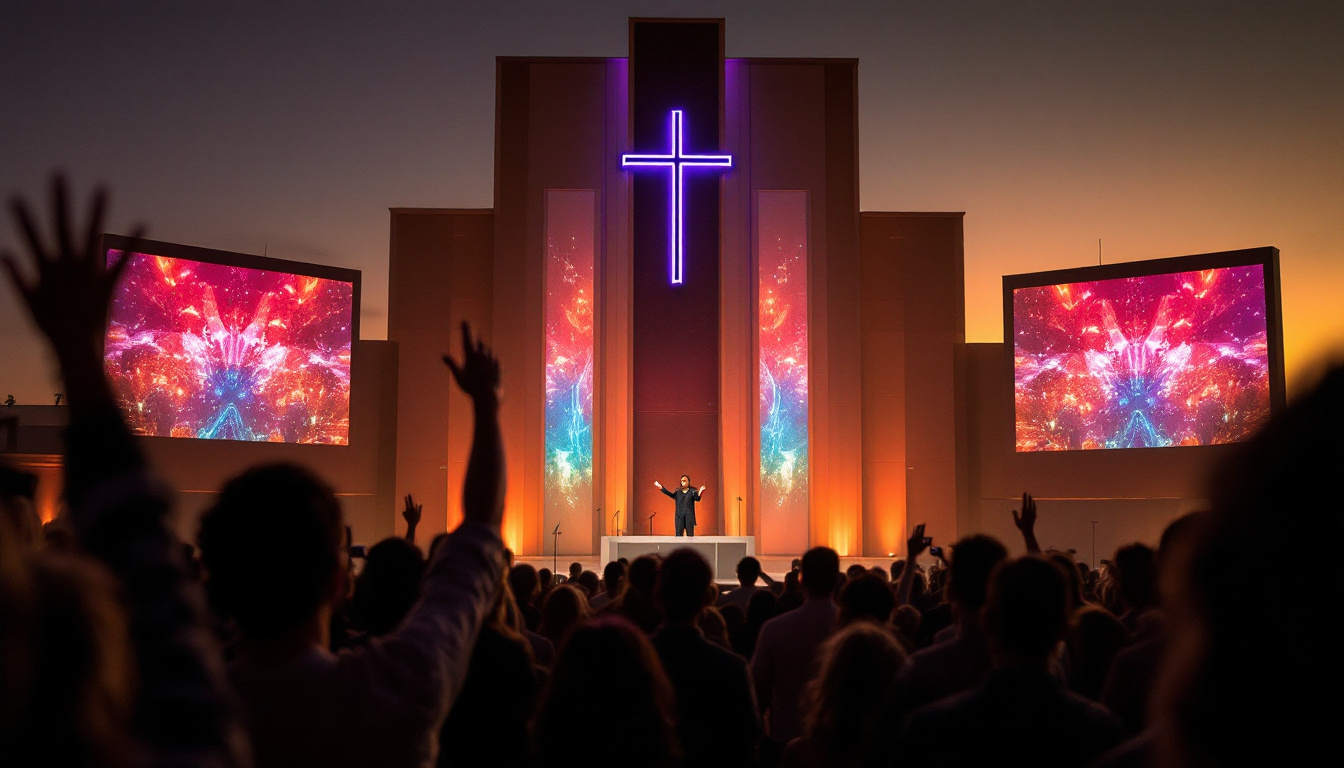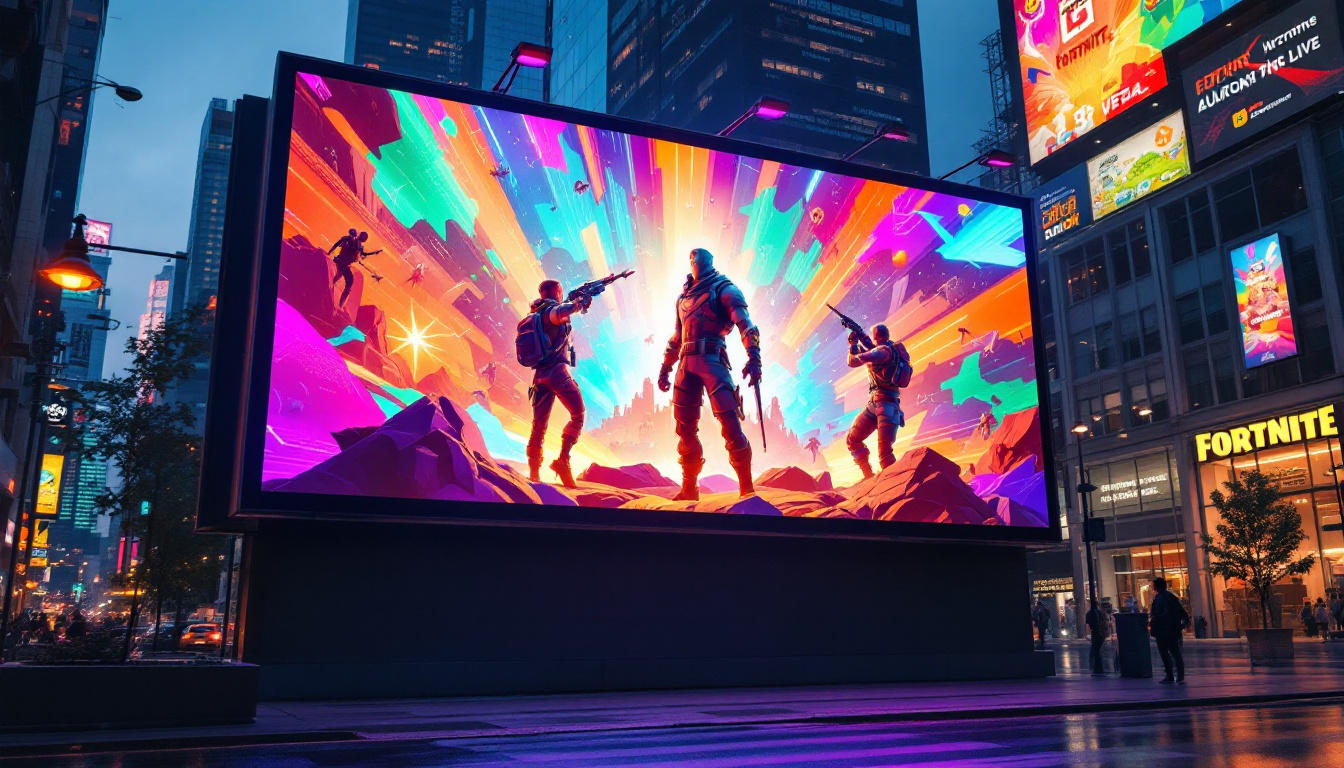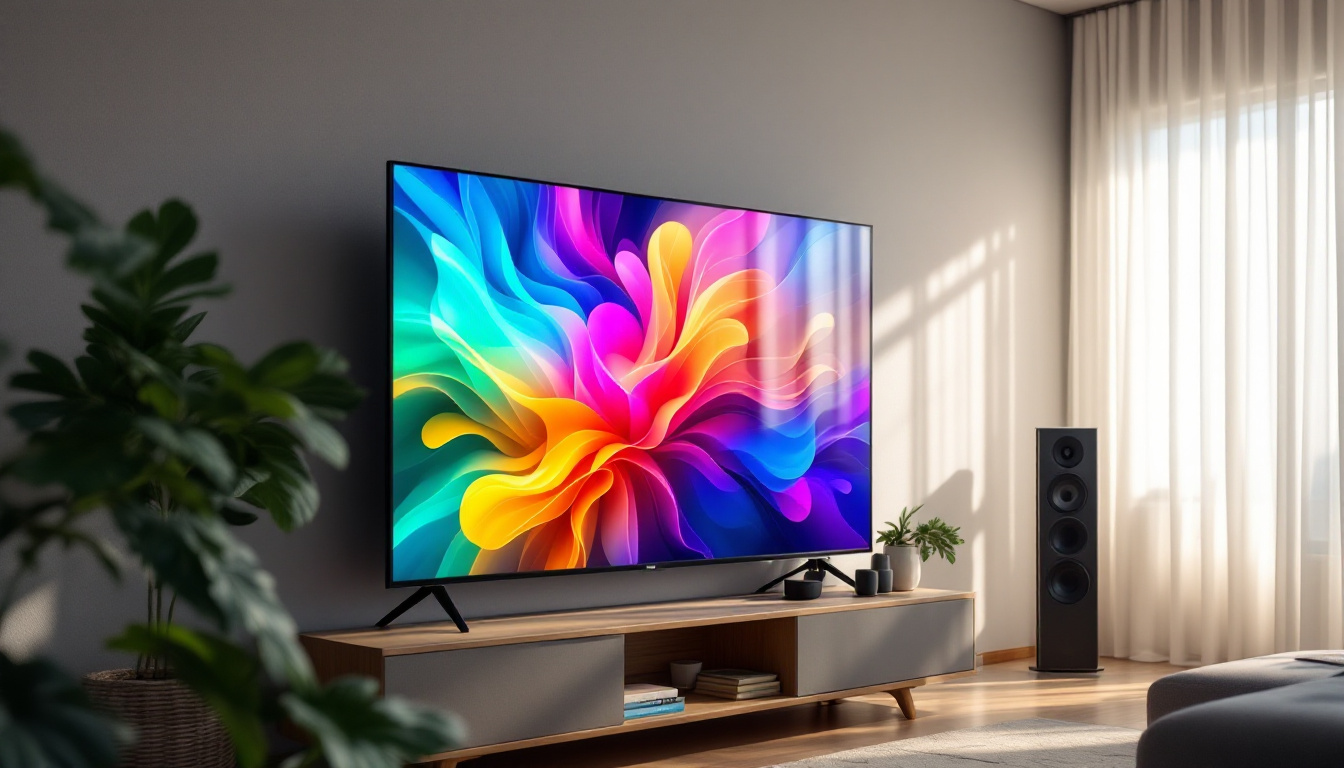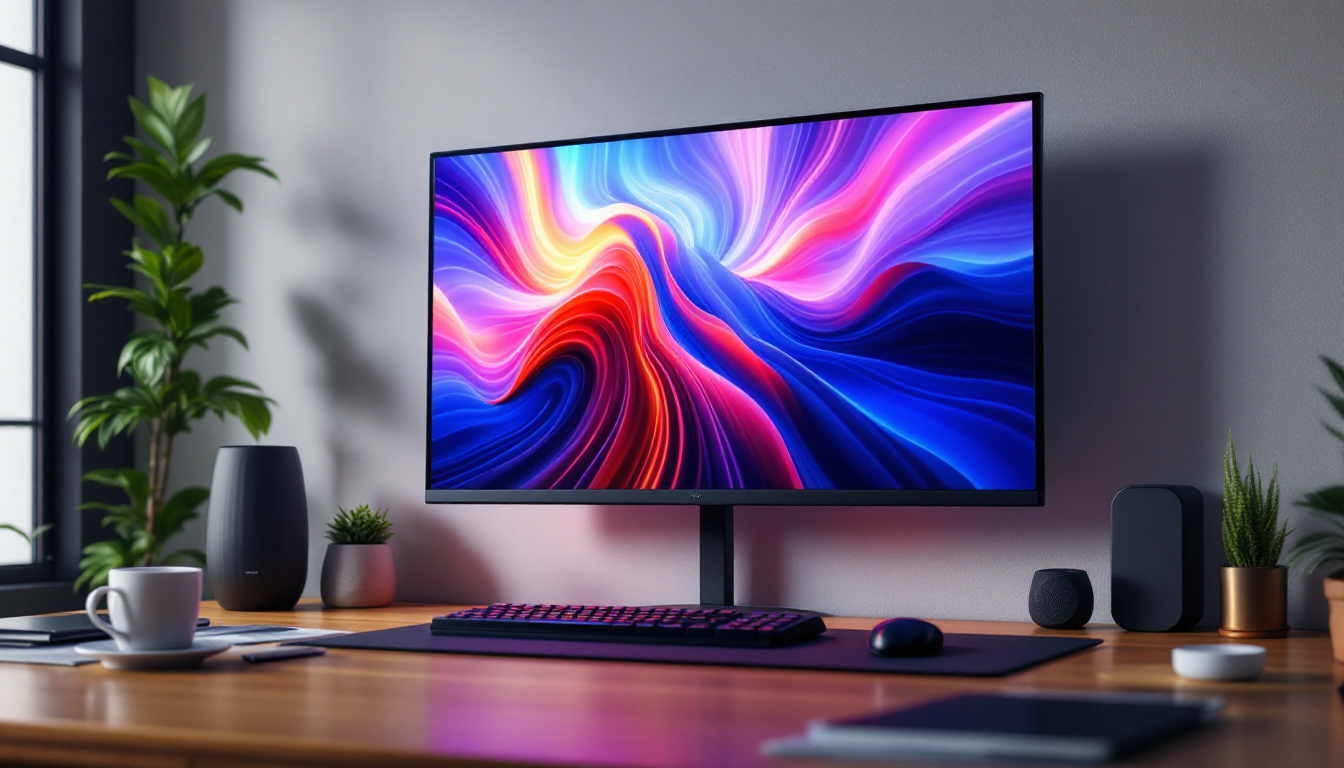In the ever-evolving world of technology, LED displays have emerged as a dominant force in visual communication. Their versatility, energy efficiency, and superior image quality make them an ideal choice for various applications, from advertising to entertainment. Understanding the nuances of LED display resolution is crucial for anyone looking to invest in or utilize this technology effectively. This article delves into the intricacies of AV resolution and how it relates to LED displays.
Understanding AV Resolution
AV resolution refers to the clarity and detail of an image displayed on a screen, determined by the number of pixels that compose it. The higher the resolution, the more pixels are used, resulting in sharper and more detailed images. This is particularly important in LED displays, where the quality of the image can significantly impact viewer experience. With advancements in technology, the evolution of AV resolution has led to a variety of formats that cater to different viewing needs, from casual home entertainment to professional broadcasting.
Pixel Density and Its Importance
Pixel density, often measured in pixels per inch (PPI), plays a vital role in determining the quality of an LED display. A higher pixel density means more pixels are packed into a given area, leading to finer details and smoother images. For example, a display with a pixel density of 300 PPI will produce a clearer image than one with 100 PPI, especially when viewed up close. This is particularly relevant in applications such as mobile devices and high-end monitors, where users expect crisp visuals and vibrant colors.
In practical terms, this means that for applications such as digital signage, where viewers may be close to the screen, a higher pixel density is essential. Conversely, for larger displays viewed from a distance, such as those used in stadiums or outdoor advertising, a lower pixel density may suffice. Understanding the optimal pixel density for a specific application can greatly enhance the viewer’s experience, ensuring that the content is not only visually appealing but also effective in conveying the intended message.
Common Resolutions in LED Displays
LED displays come in various resolutions, each suited for different applications. Some of the most common resolutions include:
- HD (1280 x 720): Often used in smaller displays, HD resolution offers a good balance between quality and cost. This resolution is ideal for budget-friendly setups, such as entry-level televisions and projectors.
- Full HD (1920 x 1080): This resolution is widely used in televisions and monitors, providing excellent image quality for most applications. Full HD has become the standard for streaming services and gaming, delivering a satisfying experience for viewers.
- 4K (3840 x 2160): With four times the resolution of Full HD, 4K displays are becoming increasingly popular in both consumer and professional settings. This ultra-high-definition resolution is particularly advantageous for large screens, where the increased detail can be appreciated even from a distance.
Each resolution has its advantages and is chosen based on the specific needs of the application, whether it be for clarity, detail, or viewing distance. Additionally, as technology progresses, newer resolutions such as 8K (7680 x 4320) are emerging, promising even greater detail and immersion. These advancements not only enhance visual experiences but also push the boundaries of what is possible in digital content creation, making it an exciting time for both consumers and professionals in the AV industry.
The Technology Behind LED Displays
LED displays utilize light-emitting diodes to create images, offering several advantages over traditional display technologies. Understanding how these displays work can help in appreciating their capabilities and limitations.
How LED Displays Work
LED displays consist of an array of tiny diodes that emit light when an electric current passes through them. These diodes are grouped into pixels, which combine to form the images seen on the screen. The color and brightness of each pixel can be controlled individually, allowing for vibrant and dynamic visuals.
One of the significant advantages of LED technology is its ability to produce bright images, even in well-lit environments. This makes LED displays ideal for outdoor advertising and venues where ambient light can affect visibility. Furthermore, the energy efficiency of LED technology contributes to its growing popularity; they consume significantly less power compared to traditional display technologies, which translates to lower operational costs over time. The longevity of LED displays is another compelling factor, with lifespans often exceeding 50,000 hours, making them a cost-effective solution in the long run.
Types of LED Displays
There are several types of LED displays, each designed for specific applications:
- Direct View LED: These displays are made up of individual LEDs that create images directly, often used in large-scale outdoor displays.
- LED Backlit LCD: This technology uses LED lights to backlight an LCD panel, providing better contrast and color accuracy than traditional LCDs.
- MicroLED: A newer technology that uses microscopic LEDs, MicroLED displays offer exceptional brightness and color performance.
Choosing the right type of LED display depends on the intended use, budget, and desired image quality. For instance, Direct View LED displays are particularly popular for concerts and sporting events, where large audiences need to see clear visuals from a distance. On the other hand, MicroLED technology is making waves in the consumer market, as it allows for ultra-thin screens that can be seamlessly integrated into modern home entertainment systems. Additionally, the flexibility of LED displays enables innovative designs, such as curved or transparent screens, which can transform the way information is presented in retail environments and public spaces.
Factors Affecting LED Display Resolution
While resolution is a critical factor in LED displays, several other elements can influence the overall performance and image quality. Understanding these factors can aid in making informed decisions when selecting an LED display.
Viewing Distance
The distance from which an LED display is viewed significantly impacts the perceived resolution. For instance, a display with a high pixel density may not be necessary for large screens viewed from afar. Conversely, smaller screens viewed up close require higher resolutions for optimal clarity.
In commercial settings, understanding the typical viewing distance of the audience is crucial. This ensures that the chosen resolution provides the best possible experience without unnecessary costs associated with higher resolutions.
Content Quality
The quality of the content displayed on an LED screen also plays a vital role in the overall viewing experience. High-resolution images and videos will look significantly better on a high-resolution display, while low-quality content can detract from even the best displays.
Investing in high-quality content creation is as important as selecting the right display. This includes using professional cameras, editing software, and understanding the principles of visual design to create engaging and effective content.
Applications of LED Displays
LED displays have found their way into numerous industries, thanks to their versatility and superior performance. Here are some common applications:
Advertising and Marketing
One of the most prominent uses of LED displays is in advertising. Their bright colors and high visibility make them ideal for billboards, storefronts, and event promotions. Digital signage allows businesses to update their messaging in real-time, making it a dynamic tool for marketing.
Moreover, LED displays can be used to create engaging content that captures the attention of passersby, leading to higher engagement rates and increased sales.
Entertainment and Events
In the entertainment industry, LED displays are used in concerts, festivals, and sports events. Large-scale LED screens enhance the experience for audiences, providing clear visuals and vibrant colors that complement performances.
Additionally, LED technology is used in stage backdrops and lighting, creating immersive environments that elevate the overall experience of live events.
Corporate and Educational Settings
LED displays are also increasingly used in corporate environments for presentations and meetings. Their ability to display high-quality visuals makes them perfect for sharing information in a clear and engaging manner.
In educational settings, LED displays can enhance learning experiences, providing interactive and visually stimulating content that can aid in knowledge retention.
Future Trends in LED Display Technology
The world of LED displays is continuously evolving, with new technologies and trends emerging regularly. Keeping an eye on these developments can provide insights into the future of visual communication.
Advancements in Resolution
As technology progresses, higher resolutions are becoming more accessible. The advent of 8K displays is already on the horizon, promising even greater detail and clarity. This trend is likely to continue, with manufacturers pushing the boundaries of pixel density and resolution.
Such advancements will cater to industries that demand the highest quality visuals, including medical imaging, graphic design, and high-end entertainment.
Integration with Smart Technology
Another trend is the integration of LED displays with smart technology. This includes features such as touch interactivity, connectivity with mobile devices, and the ability to display personalized content based on viewer preferences.
As smart technology becomes more prevalent, LED displays will likely evolve to become more interactive and user-friendly, enhancing the overall viewer experience.
Conclusion
Understanding AV resolution and its implications for LED displays is essential for anyone looking to leverage this technology effectively. With various resolutions available, it is crucial to consider factors such as viewing distance, content quality, and the specific application to make informed decisions.
As LED technology continues to advance, staying abreast of trends and developments will ensure that users can harness the full potential of these displays. Whether for advertising, entertainment, or corporate use, LED displays are set to play a pivotal role in the future of visual communication.
Explore Cutting-Edge LED Display Solutions with LumenMatrix
Ready to elevate your visual communication with the latest in LED display technology? LumenMatrix is at the forefront of innovation, offering a diverse range of LED display modules designed to captivate and engage. From vibrant Indoor LED Wall Displays to dynamic Outdoor LED Wall Displays, and from mobile Vehicle LED Displays to interactive Floor LED Displays, our solutions are tailored to meet your unique needs. Discover how our Custom LED Displays and All-in-One LED Display solutions can transform your space and deliver your message with unparalleled clarity. Experience the future of digital signage today and check out LumenMatrix LED Display Solutions to see how we can help you create unforgettable visual experiences.

